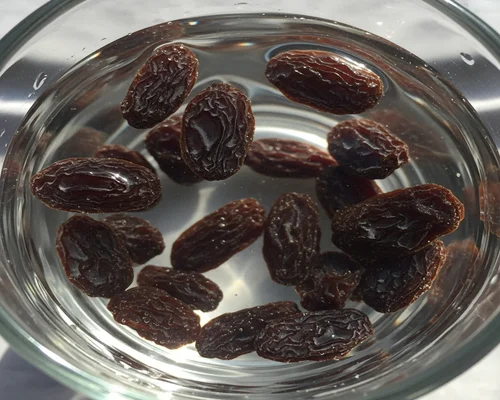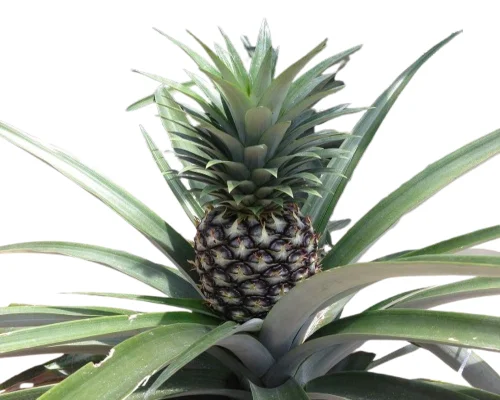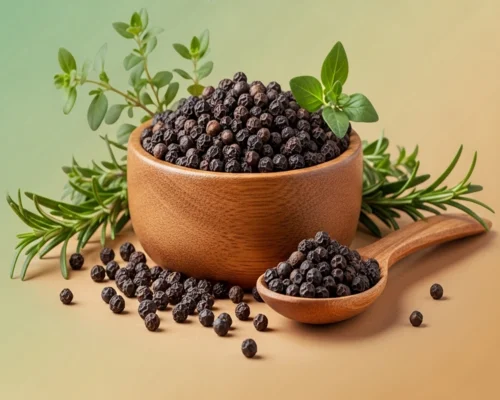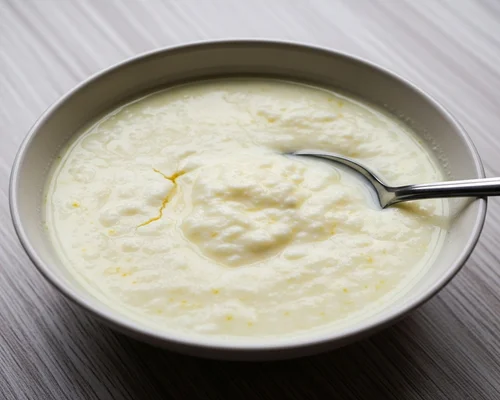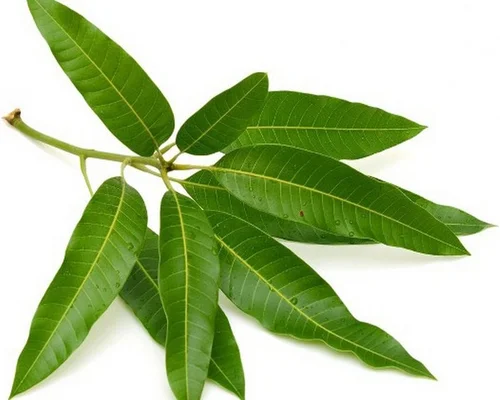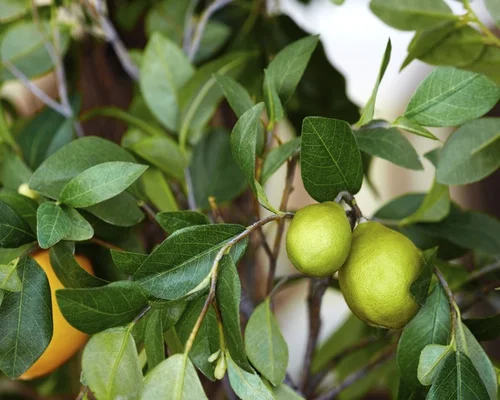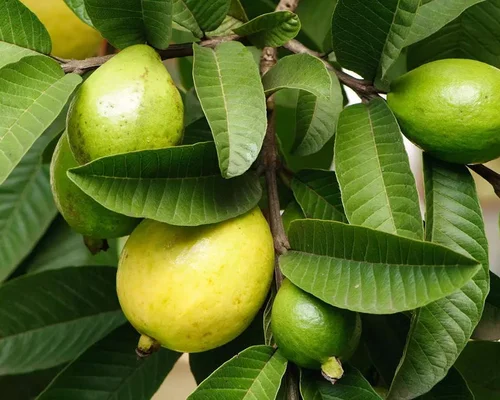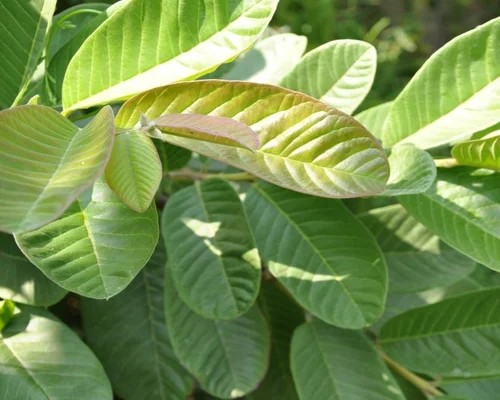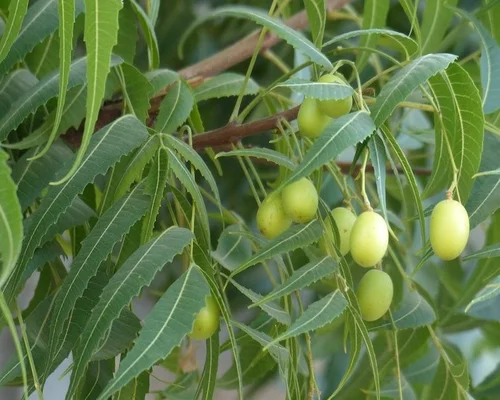
Properties and Uses of Pilu Tree
Properties and Uses of Pilu Tree
Pilu is the name of a tree, scientifically known as Salvadora persica. It is also commonly known as toothbrush tree or arak. It is found in dry and desert regions of the Middle East, Africa and the Indian subcontinent. Its leaves are used as miswak for brushing teeth.
Properties and Uses of Pilu Tree:
Miswak:
The leaves of the Pilu tree have been used as miswak (a stick used for brushing teeth) since ancient times. It is known as a natural toothbrush, which helps to keep teeth and gums clean and maintain good oral health, according to Wikipedia.
Ingredients:
The leaves or roots of the Pilu tree contain calcium, phosphorus, chloride, sulfur, fluoride, silica, vitamin C, trimethylamine, salvaderin and other chemical elements.
Medicinal properties:
The roots and fruits of the Pilu tree are used to treat various diseases, such as tooth and gum diseases, stomach problems, etc.
Other uses:
The fruits of the Pilu tree can be eaten, and its oil can be used to make candles. In addition, its leaves and bark are used as animal feed.
The fruits of the Pilu tree are available for only two months! Supercool the body in summer, and eliminate period problems.
The Pilu tree bears fruit in the months of May-June, i.e. in the months of Ashadh and Jyishta. Pilu cannot be eaten alone. The seeds of this fruit are dry and mushy. Therefore, it should be dried in the shade and mixed with liquid and eaten.
Surprisingly, the more intense the summer, the more this desert tree also starts to bloom. For a few months of intense summer, the desert remains green only because of this thorny tree. Even in the intense heat of the desert, that green does not fade. Even when the temperature reaches a maximum of 50 degrees, this tree is the only one that looks green and becomes dense. This tree has various benefits.
Local people also know it as Angur or Mawa, but in Ayurvedic language, this fruit is called Shital Fal, meaning it is a fruit that brings coolness to the body. A special quality of this fruit is that the more the outside heat increases, the sweeter and juicier this fruit grows.
Two species of this Pilu or Jaal tree are found in the desert region. In common language, it is known as Khara Upamitha Jaal. This fruit is usually sweet in taste when raw. Its scientific name is Salvadora oleodes. Another species is sweet in taste, it is called Salvadora persica.
The Pilu tree bears fruit in the months of May-June, i.e. in the months of Ashadh and Jyaishtha. Pilu cannot be eaten alone. The seeds of this fruit are dry and mushy. Therefore, it should be dried in the shade and mixed with liquid and eaten.
According to Ayurveda, this fruit reduces liver heat, keeps the digestive system healthy and maintains the balance of water in the body. Not only that, Pilu regulates women menstruation, helps in the mental development of children and also accelerates hair growth. That is, even though the fruit is small, its benefits are many.
The biggest thing is that when other trees dry up in summer, the tree blooms with dark green leaves and small fruits in the morning. This tree is life-giving for humans as well as animals and birds. To be honest, Pilu is a desert fruit, which indicates the increase in summer heat.
Medicines are prepared from the oil obtained from the seeds of the tree. There is also a tradition of making toothpicks from the branches of the sweet species of tree. This practice is very ancient. The locals also call the fruit of this tree desi grapes.


-vegetable.webp)







